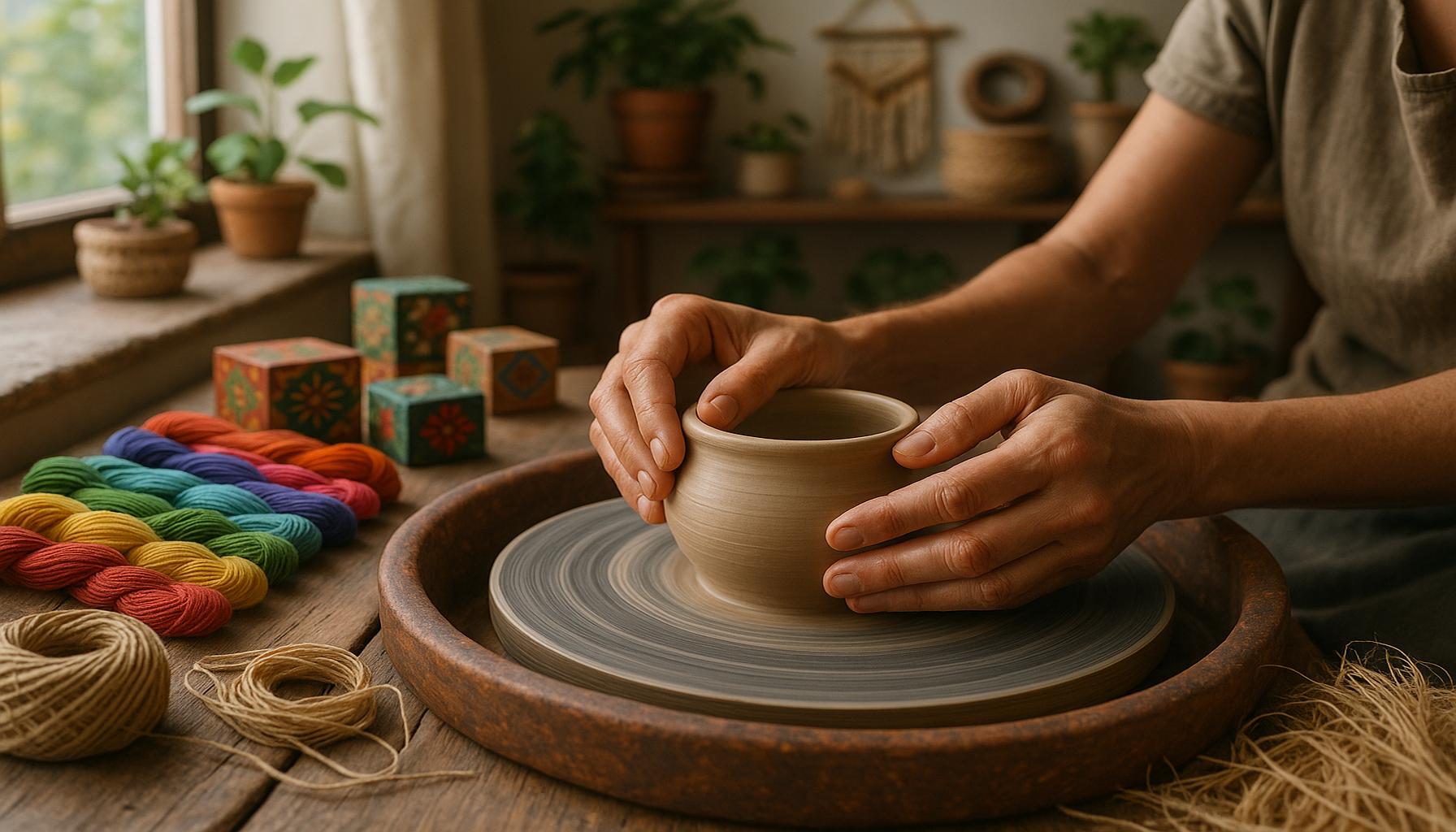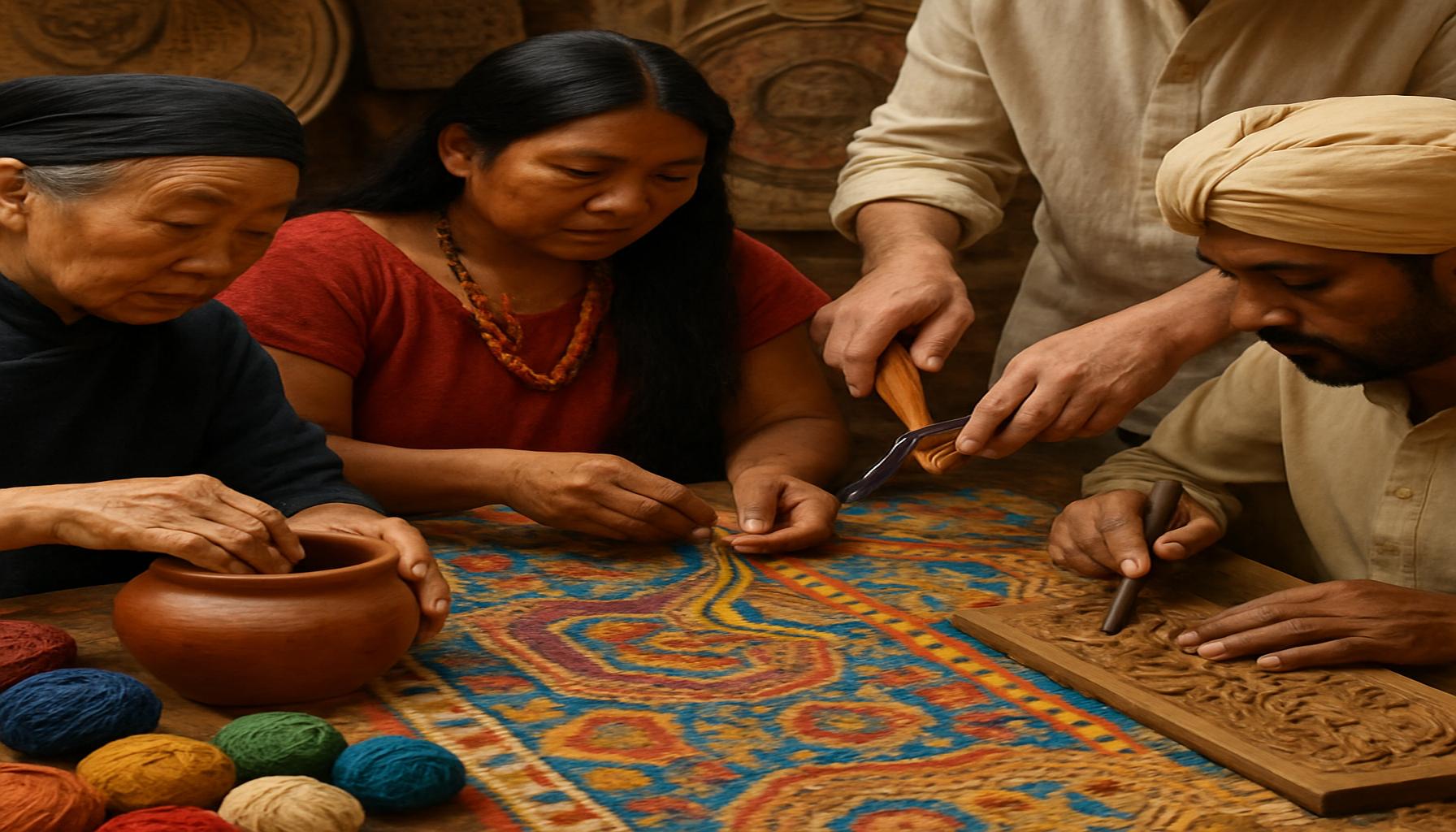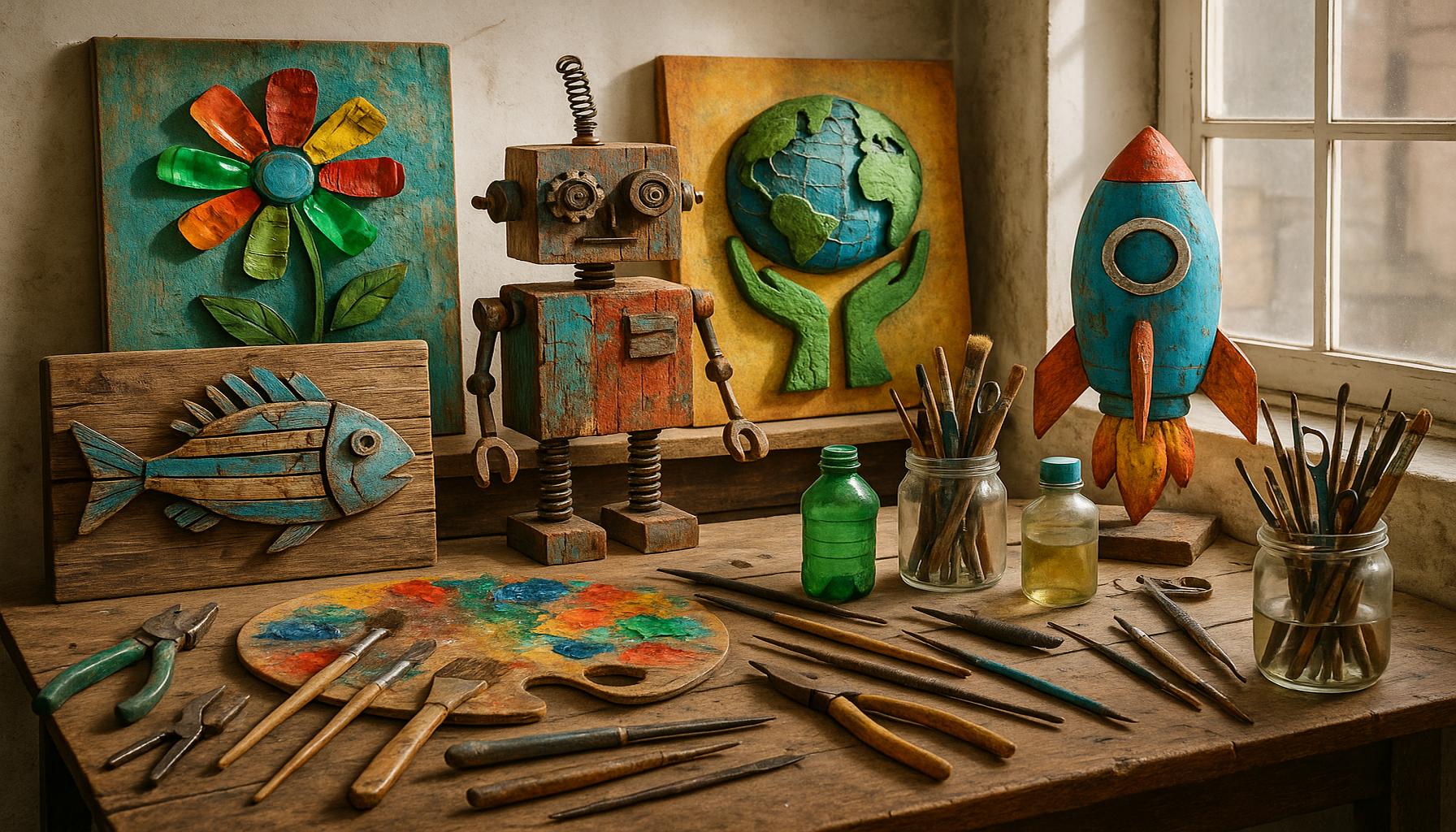Crafting Evolution Traditional Techniques Embrace Digital Era
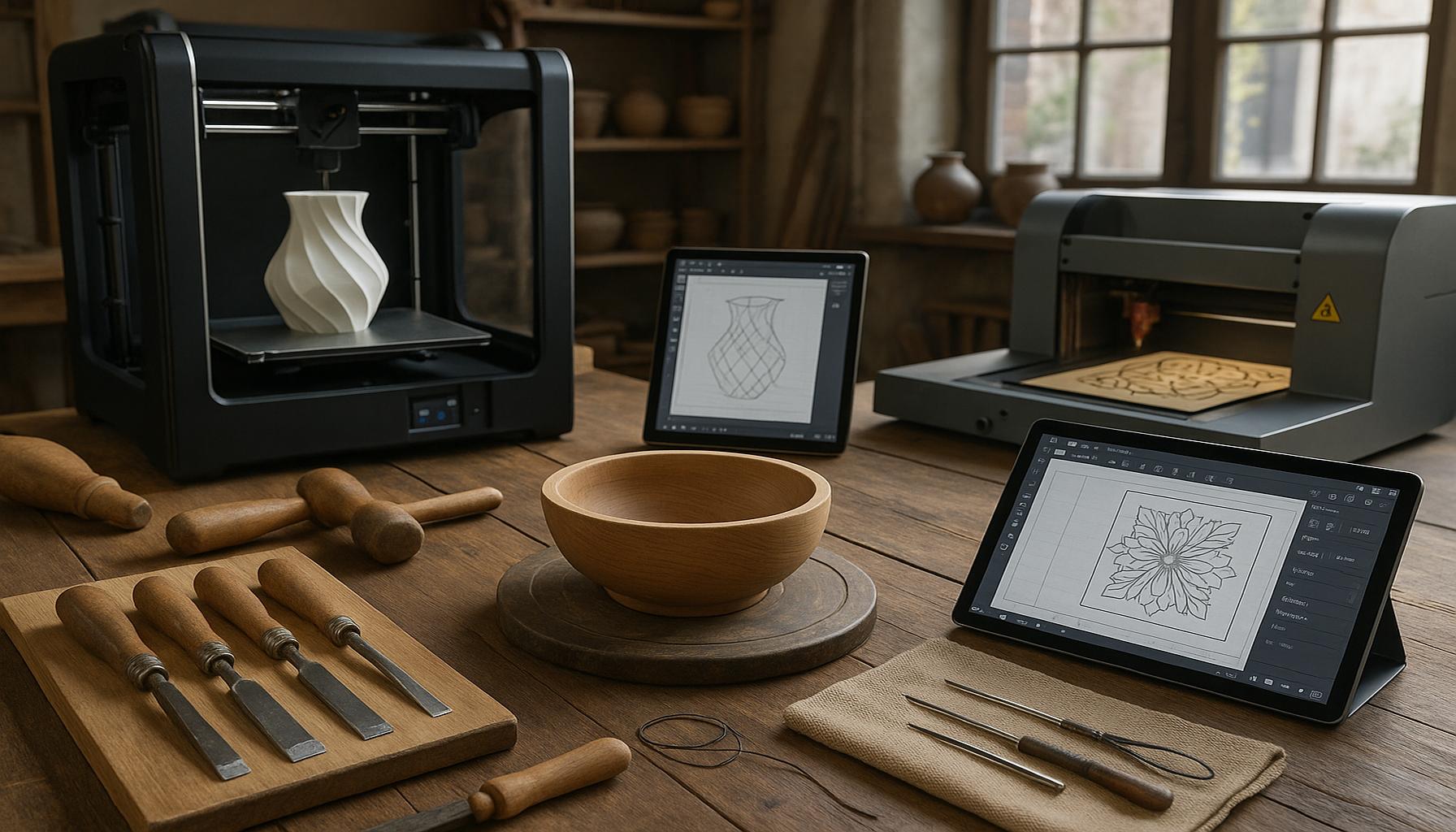
Introduction
The landscape of crafting is undergoing a remarkable transformation as traditional techniques meet the demands of the digital age. Creative hobbies, once rooted in manual craftsmanship, are now intertwined with modern technology, leading to an exciting fusion of the old and the new. This evolution not only enhances the creative process but also broadens access to resources and communities for hobbyists worldwide.
As crafting enthusiasts embrace digital tools, they gain opportunities to explore innovative ways of making. Online platforms and digital materials have made it easier than ever for crafters to share their skills, learn new techniques, and connect with like-minded individuals. Whether through social media, specialized apps, or virtual workshops, the crafting community is evolving to meet contemporary needs.
In this article, we will delve into the top 5 ways traditional crafting techniques are adapting to the digital era, highlighting the best practices, tools, and trends reshaping creative hobbies today. Prepare to be inspired by the harmonious blend of tradition and innovation as we explore this dynamic evolution.
The Evolution of Crafting: How Traditional Techniques Are Adapting to the Digital Era
The world of crafting has undergone a remarkable transformation over the past few decades, revolutionizing techniques that have been cultivated and passed down over generations. This evolution is primarily driven by the fusion of age-old artisanal skills with cutting-edge technological innovations. The digital age has invigorated traditional crafting methods, enabling artisans to explore new dimensions of creativity and efficiency. This article delves into the top five ways traditional crafting methods are being reshaped in the age of technology, thus reshaping the landscape of art creation and appreciation.
5. The Rise of Digital Fabrication
One of the most significant advancements in the crafting world is the emergence of digital fabrication technologies. Tools such as 3D printing, CNC machines, and laser cutting are empowering artisans to create with a precision that was previously unattainable. These technologies allow craftspersons to bring their creative visions to fruition with remarkable accuracy and detail.
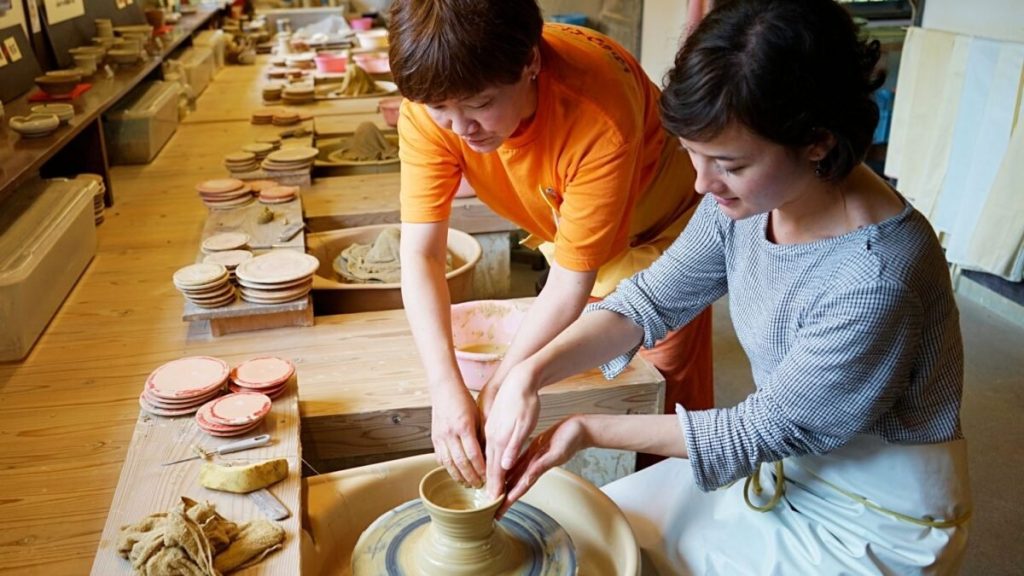
Historically, the crafting of intricate designs required extensive skill and manual dexterity. Today, digital fabrication simplifies this process, offering even novice crafters the ability to experiment with complex patterns and designs. For example, a woodworker can draft designs using computer-aided design (CAD) software and execute them through laser cutting, achieving results that are uniformly precise. This integration of digital tools complements rather than replaces traditional craftsmanship, enhancing artistic expression and productivity.
- Accessibility: Digital tools democratize the field of crafting, making it more approachable for beginners who may lack extensive technical training.
- Precision: Digital methods provide consistent and accurate results, vital for replicating intricate designs.
- Versatility: Artists can explore a wide range of materials and design possibilities, paving the way for innovative artistic endeavors.
Despite the technological advancements, many artisans choose to blend digital techniques with time-honored methods, ensuring that their work retains the soul and authenticity of handcrafted art.
4. Online Workshops and Communities
The proliferation of the internet has provided fertile ground for the growth of online workshops and communities, fundamentally transforming how craft knowledge is shared and preserved. Aspiring artisans can now access a wealth of information, learning from expert crafters through digital platforms that offer tutorials, live discussions, and interactive feedback.
These online networks nurture collaboration and the exchange of ideas, fostering environments where traditional crafting methods can flourish alongside modern innovations. Diverse cultural styles, which were once geographically bound, are now accessible globally, leading to a rich tapestry of interconnected artistic influences.
- Connection: Craft enthusiasts build connections across the globe, forming supportive networks that transcend borders.
- Diverse Learning: Access to varied styles and methodologies enriches the crafting palette, allowing artisans to blend techniques and create novel works.
- Resource Sharing: Participants benefit from shared links, materials, and tools, accelerating learning and skill development.
The digital age ensures that traditional crafting skills are not only preserved but adapted to meet contemporary preferences, bridging the gap between past and present artistic practices.
3. Eco-Friendly Practices and Sustainability
As the world grows more environmentally conscious, the crafting community has embraced a focus on eco-friendly practices and sustainability. By marrying traditional techniques with modern technologies, artisans can make conscientious choices that reflect environmental stewardship without compromising artistic integrity.
Digital platforms streamline sourcing processes, connecting artisans with eco-friendly suppliers and fostering knowledge about sustainable crafting methods. By utilizing digital resources, crafters can discover innovative ways to minimize waste and utilize sustainable materials, aligning their creations with eco-conscious trends.
- Using Recycled Materials: Artisans repurpose materials, breathing new life into items that might otherwise be discarded.
- Local Sourcing: Engaging local suppliers reduces carbon footprints and supports community economies.
- Focus on Quality: Prioritizing durability and craftsmanship over mass production creates longer-lasting, cherished items.
This embrace of sustainable practices enriches the crafting tradition by melding artistic excellence with an emerging environmental imperative.
2. Customization Through Technology
In an age where personalization is paramount, customization through technology stands as a significant evolution in the crafting field. Traditional crafts are cherished for their personal touches and bespoke qualities, and modern technology amplifies these attributes by offering unprecedented levels of customization.
Through digital software and applications, artisans can tailor patterns, colors, and materials to meet the unique preferences of their clients. This has created a thriving market for personalized art, reflecting individual stories and tastes.
- Customizable Templates: Easily accessible design templates allow for straightforward, personalized crafting experiences.
- Integration of Personal Narratives: Artisans incorporate personal stories and memories into their designs, creating deeply meaningful pieces.
- On-Demand Services: Technology enables artisans to provide bespoke services, catering to specific client needs and desires.
Through customization, traditional techniques are given new life, broadening their appeal and nurturing deeper connections with clients.
1. Revitalizing Tradition with Innovative Technologies
At the heart of crafting’s evolution is the revitalization of tradition through innovative technologies. Rather than viewing digital and analog methods as opposing forces, many artists skillfully integrate both, enhancing traditional practices with modern tools.
This hybrid approach has yielded groundbreaking innovations. For example, augmented reality (AR) allows artisans to visualize and test designs in virtual spaces before committing to physical materials, offering a new layer of experimentation and creativity. Similarly, virtual reality (VR) workshops immerse participants in a detailed, hands-on learning experience that transcends geographical limitations.
By embracing technology, artisans are not abandoning tradition; they are breathing new life into it. Thanks to these innovations, classic crafting techniques continue to evolve, ensuring their relevance and vitality in a rapidly changing world.
In conclusion, the world of crafting is undergoing an exciting transformation driven by digital innovation. As traditional methods adapt and thrive in the digital era, they open up new possibilities for creativity, sustainability, and community engagement, ensuring that the art of crafting remains a vibrant and evolving discipline for generations to come.
Crafting, a timeless practice that has been passed down through generations, is evolving in fascinating ways to meet the demands of the digital age. As artisans embrace technology, traditional techniques are not only preserved but also enhanced, creating a unique blend of old and new that captivates both creators and consumers alike. Here, we delve deeper into the transformative journey of crafting in today’s world, highlighting four key categories that illustrate this evolution.
| Category 1 | Category 2 | Category 3 | Category 4 | |
|---|---|---|---|---|
| Digital Tools | 3D printing and design software are transforming how artisans approach their craft. | Increased precision and creativity in design, leading to more complex and beautiful creations. | Learning curve for traditional artisans unfamiliar with technology; initial investments in hardware and software. | Artisans looking to modernize their workflow and reach new creative heights. |
| Online Marketplaces | Platforms like Etsy and Amazon Handmade connect artisans directly with customers. | Broader audience reach and increased sales potential for unique handmade products. | Saturation of the market can make it difficult to stand out; requires knowledge of digital marketing. | Crafters seeking a direct line to consumers, particularly those with niche products. |
| Hybrid Techniques | Blending traditional handcrafting with modern materials and methods. | Creates innovative products that appeal to a modern audience, merging heritage with contemporary aesthetics. | May dilute the authenticity of traditional practices if not approached with respect. | Craftspeople who value both tradition and innovation, wanting to create a unique brand identity. |
| Educational Resources | Online courses, social media tutorials, and virtual workshops expand learning opportunities. | Increased accessibility for aspiring crafters, enabling them to learn from experts globally. | Quality can vary; not all resources are equally trustworthy or informative. | Anyone interested in learning crafting skills, especially those in remote or underserved areas. |
As we explore the unfolding narrative of crafting in the digital era, it becomes evident that these categories highlight not only the versatility of traditional techniques but also the opportunities presented by technological advancements. This hybridization brings forth both challenges and benefits, inviting both seasoned artisans and newcomers to engage with crafting in innovative ways. Embracing these changes allows the crafting community to stay relevant while celebrating the rich heritage of traditional skills. Through advancements in tools, market access, hybrid techniques, and education, crafting is redefining itself, ensuring that it remains a cherished part of our cultural landscape in the modern world.
Frequently Asked Questions About the Evolution of Crafting in the Digital Age
How are traditional crafting techniques being integrated with digital technology?
In recent years, traditional crafting techniques have started to merge with digital technology in fascinating ways. Artists and craftspeople are using 3D printing to create intricate designs that would be challenging to produce manually. In addition, digital platforms offer tutorials and resources, allowing traditional artisans to reach broader audiences. By integrating these technologies, craftspeople can enhance their creative processes, making their work more efficient and innovative.
What are the benefits of adapting traditional crafting techniques to the digital era?
Adapting traditional techniques to the digital age offers numerous advantages. Firstly, it allows artisans to expand their reach beyond local markets through online platforms. Secondly, the use of digital tools can aid in more precise and consistent production, which is particularly beneficial for scaling operations. Additionally, digital technology enables personalized customer experiences, allowing for tailored creations that meet specific consumer demands.
What challenges do artisans face in the digital transformation of crafting?
Despite the benefits, artisans face several challenges in the digital transformation of crafting. The initial learning curve associated with new technologies can be daunting. There’s also the question of maintaining the authenticity and tradition of the craft while incorporating digital tools. Moreover, there is the financial investment required for new technologies, which can be a barrier for some traditional artisans.
Can digital crafting techniques replace traditional handcrafted methods?
While digital techniques can replicate some aspects of traditional crafting, they cannot fully replace the artistry and soul of handcrafting. Traditional methods carry with them a sense of history and cultural significance, which digital methods sometimes fail to capture. A balance is often struck where digital tools complement rather than replace handcrafting, preserving the richness while enhancing efficiency.
How can one learn about digital crafting methods and traditional techniques?
There are various ways to learn about both traditional and digital crafting methods. Online courses and workshops offer valuable insights and hands-on practice. Furthermore, many craft schools and local artisan groups provide opportunities to learn directly from skilled practitioners. Engaging with online communities and forums can also offer support and advice for those keen on merging traditional crafting with digital innovation.
Conclusion
The evolution of crafting in the digital age has illustrated a fascinating convergence between tradition and innovation. As highlighted in this article, the transformation of traditional crafting into its digital counterparts offers a rich tapestry of opportunities and challenges. Craftspeople are increasingly finding ways to blend age-old techniques with modern technology, creating a dynamic blend that enhances creative expression.
First and foremost, accessibility has been significantly enhanced through digital platforms, allowing enthusiasts and beginners alike to delve into crafting with fewer barriers. Online tutorials, virtual communities, and digital marketplaces have expanded the reach and impact of crafting, providing a global stage for artisans to showcase their work and share their skills.
Moreover, the incorporation of technology through tools like 3D printing and digital design software has revolutionized the workflow of traditional crafts. These tools not only enhance precision and efficiency but also open new possibilities in design and production. As craftspeople embrace these innovations, they continue to honor their artistic heritage while pushing the boundaries of what is possible.
However, this evolution is not without its challenges. Concerns over the loss of traditional skills, the environmental impact of certain technologies, and the potential for digital fatigue are considerations that the crafting community must continue to address. Nonetheless, the balance between tradition and technology remains a vital discussion, encouraging crafters to reflect on their practices and adapt thoughtfully.
In essence, the evolution of crafting in this digital era symbolizes more than an adaptation; it represents an opportunity for growth and reinvention within the creative hobbies. As readers explore this intersection of innovation and tradition, they are invited to actively participate in this ongoing conversation, continuing to expand and redefine the boundaries of crafting in our modern world.
